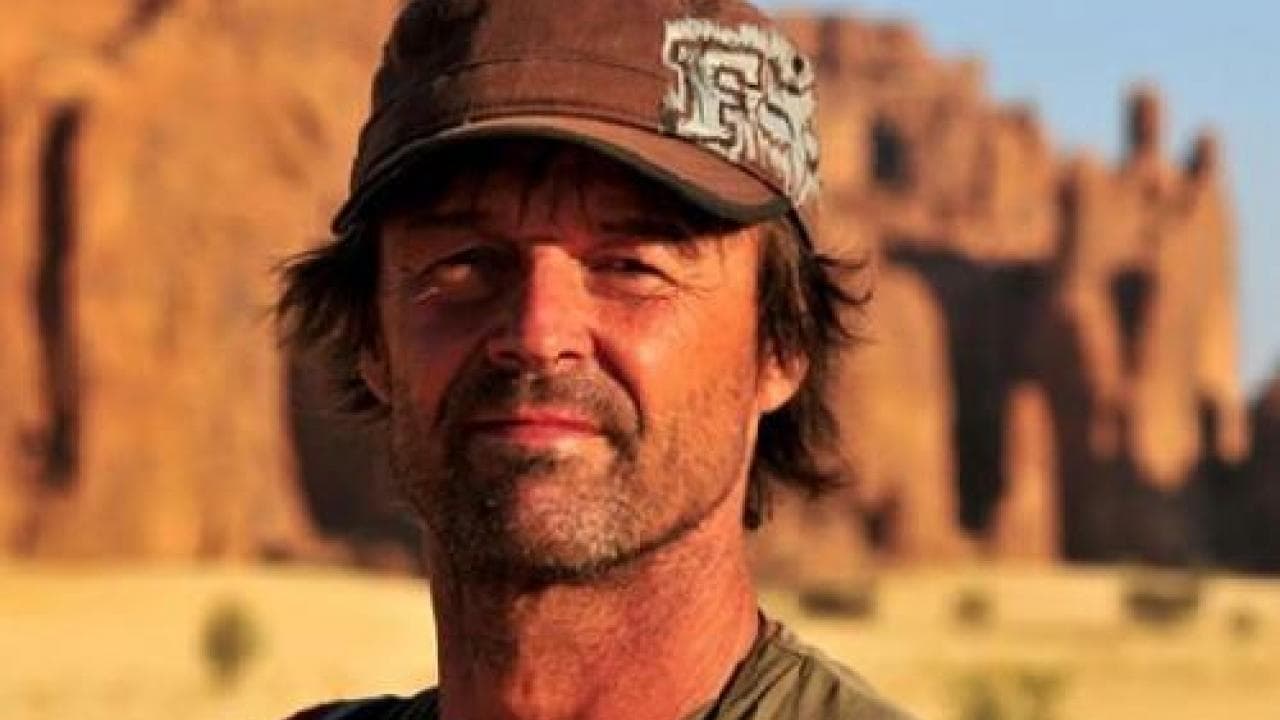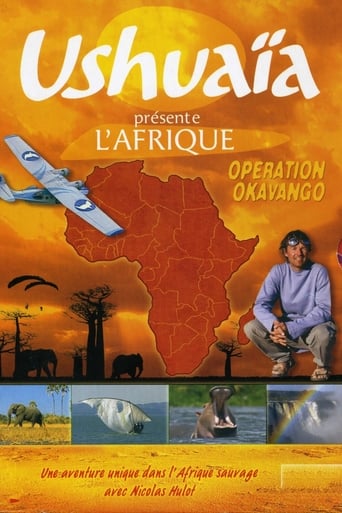With 30 Day Free Trial!
Opération Okavango
1996 / NR
Watch Trailer
Opération Okavango Season 1 Full Episode Guide
Operation Okavango travels to Niger and Chad, two countries among a dozen others, to share the world's largest desert: the Sahara. An Arab saying asserts that the Sahara is the garden of Allah. The God of the Righteous would have taken away all human life there in order to have a space in which to walk in peace. yet men have adapted to this immensity of sand and rocks. They exploited the oases, traced caravan trails, founded cities in the middle of the sands. Departing from Bilma on the oldest trans-Saharan track that connects the Mediterranean to Lake Chad, the members of Okavango formed 3 teams to meet the nomadic peoples of Aïr and Tibesti.
At a time when the poles have revealed most of their secrets, the great African equatorial forest, the second largest biodiversity reserve on the planet after the Amazon, remains very poorly known. The complexity of this ecosystem, its a priori hostile approach, are repulsive and frightening. The equatorial forest is a world apart, difficult and secret, which conceals extraordinary wonders. It is therefore naturally part of the inventory drawn up by the Operation Okavango team on this continent. This authentic exploration mission carried out from Gabon to northern Congo, together with biologists, primatologists, ornhitologists, botanists and archaeologists, will allow the discovery of the extreme richness of the fauna and flora of this vast forest area, the second lung of the planet.
Operation Okavango could not leave southern Africa without stopping in Madagascar, the fourth island in the world. Its isolation has encouraged the development of unique flora and fauna. 200 million years ago, the earth was home to only 2 continents: Laurasia in the north and Godwana in the south. Under the effect of tectonic forces, they broke up into several plates which drifted away, taking with them entire sections of prehistory. This is how Madagascar, become an orphan island of Africa, escaped forever into the Indian Ocean with its cohort of bizarre animals that would become so many lemurs, chameleons or elephant birds. The Okavango expedition will cross these very particular southern worlds, from which Africa seems strangely absent.
Five centuries ago, Portuguese navigators, in search of the best route to the Indies, tried to bypass Africa. For 400 years, not a ship captain who left the southern tip of the African continent had the idea of exploring this empire of sands that is the coastal desert of Namib bathed by the Atlantic. Yet it was enough to bend down to pick up the diamonds by handful. Beyond these two oceans of water and sand, there is an extraordinary garden. But you have to deserve it, because nature has separated it from the Atlantic Ocean by two immense arid expanses: the deserts of the Namib and the Kalahari. This sixth Okavango operation complies with the requirements of this itinerary to reach the most beautiful oasis in this world: the Okavango Delta...
In the 19th century, Dr David Livingstone was officially the first European to cross the African continent. He traveled more than 6,400 km from Central Africa to the West and East coasts. In his exploration of the Zambezi, he discovered thanks to the African guides who accompany him, the place of the river known as Moi oa tunya, the Smoke which rumbles. The Okavango team follow in the footsteps of the famous doctor, and follow the course of this great African river which runs towards the Indian Ocean, sometimes getting angry. The Zambezi is a royal road to the largest concentration of wildlife in the world. It offers the unique opportunity to meet those who live in constant contact with this nature so beautiful, so bewitching, but totally unpredictable.
In the 19th century, many English explorers searched, often in vain, for the sources of the Nile. After decades of grueling expeditions, Speke, Baker and Stanley have highlighted that the great river is a two-headed hydra and that the Moon Mountains, Uganda (but being able to prove it) is home to one of the keys to the mystery of his birth. In fact, the great African river has several sources. They feed a complex hydrographic network which, from glacier - the most beautiful continent - to torrents, from rapids to waterfalls, from lakes to marshes, crisscross a large part of the Ugandan territory. The Okavango team, by remonating the maze of the Albert Nile and the Victoria Nile, follow in the footsteps of English explorers. started in the scorching savannah, the journey will end in the snows of the equator.
New discoveries for members of the Okavango team in the biblical landscapes of the Ethiopian highlands, then near Djibouti, where the African continent slowly recedes from the Asian continent. In this fault will form an ocean. The Okavango men dive deep off Grande Comore, home to a marine dinosaur, the Coelacanth, a 250 million year old fish of which there are still a few specimens, but for how long? This third adventure therefore begins in the Semièn mountains inhabited and cultivated by the Amharas, Orthodox Christians who are very respectful of values and traditions.
Second trip by the Okavango team to tanzania, which is trying to take stock of the splendours of the planet. Having set out in search of the Nile in 1865, Livingstone and his cohort of porters left Zanzibar to reach Lake Tanganyika by the southern route. , known as the "slave route". In 1996, the Okavango expedition took the northern route, dangerous in the last century, to discover how much man's footprint has since modified these landscapes, leading to consequences for flora and fauna which today pose serious consequences. many problems. It is the adventure and the gaze of our entire team on one of the richest biotopes in Africa that we discover ourselves during this crossing of Tanzania from east to west.
Kenya: first contact with African land, a free fall lasting a few seconds that ends in the crater of a volcano island. 1,500 km further north, in Ethiopia, another volcano, Erta Ale, will allow the Okavango team to make one of the most fantastic descents to the burning bowels of the planet. Between the two, Nicolas and the men of Okavango will take a route, which far from the beaten track, will lead them to the forgotten of time, these small tribes who live on the borders of known Africa. Throughout the Rift Valley, this immense fracture that broke the continent in two ten million years ago, Herbert Thomas, the scientist adventurer of Operation Okavango, introduced Nicolas Hulot, the office of the humanity.
Free Trial Channels
Seasons



























